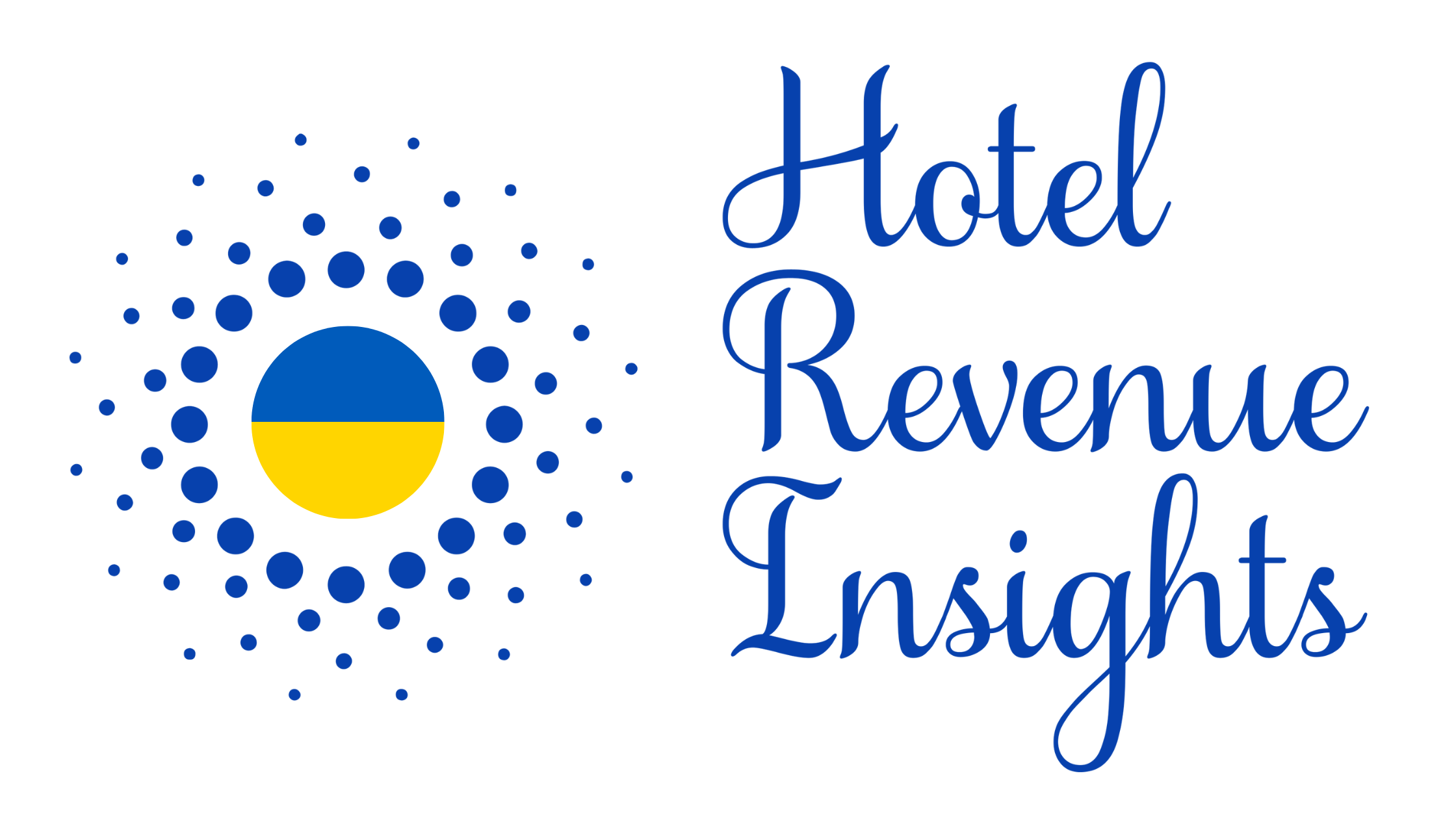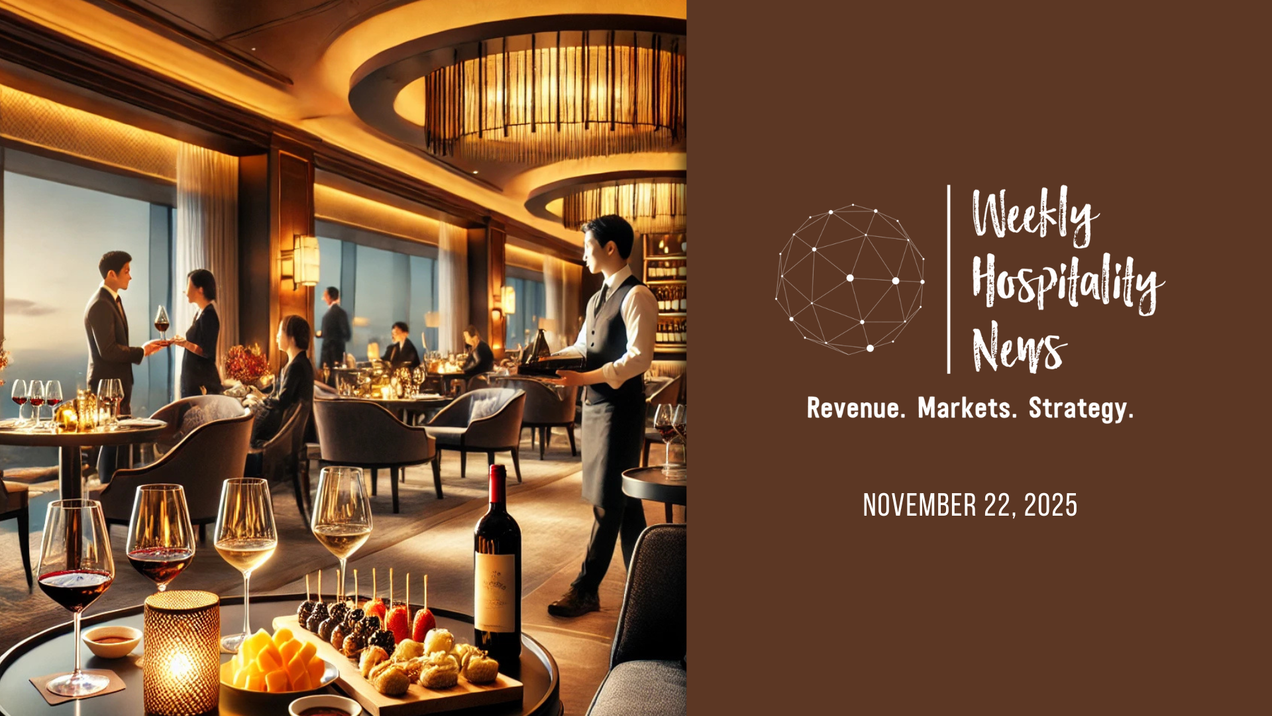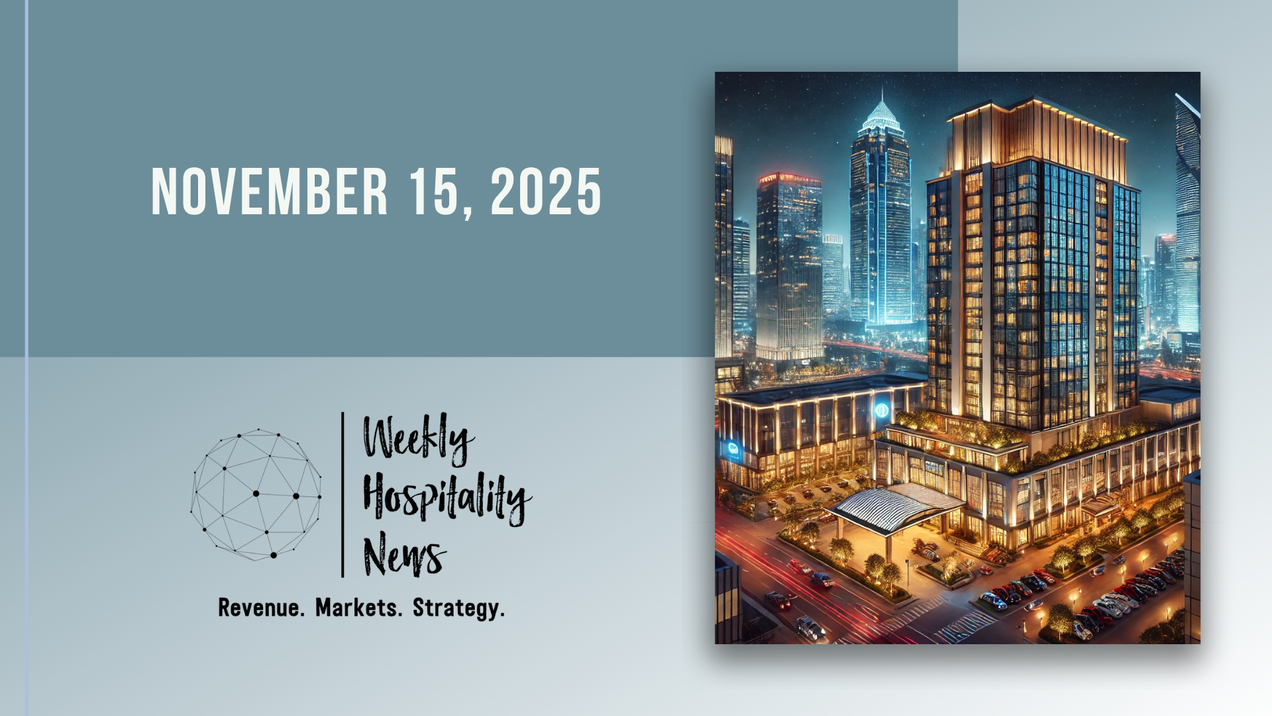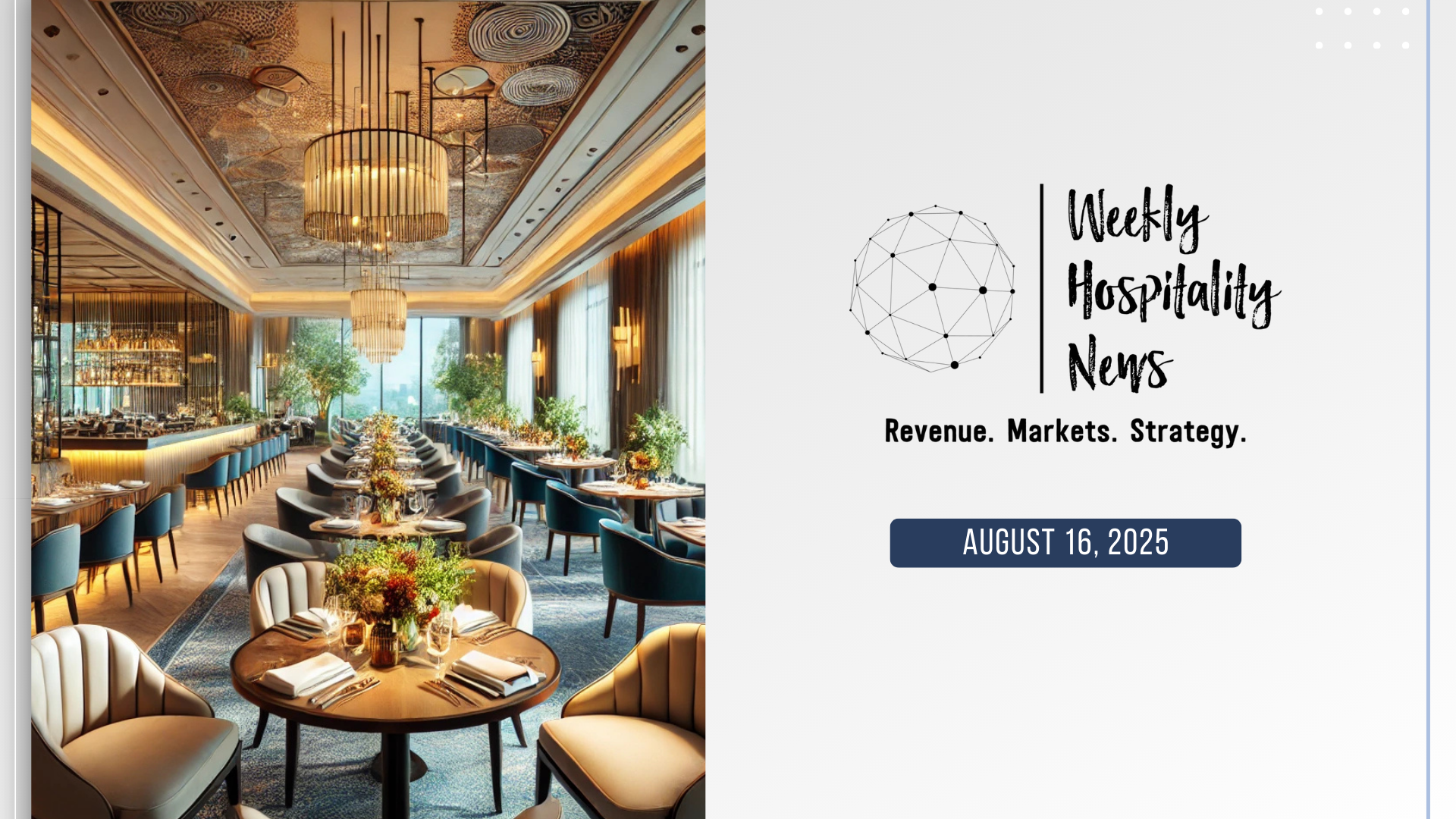
Weekly Insights. August 16, 2025
Best hospitality industry articles focused on 💵revenue, 📊markets, and 🎯strategy (Aug 10 - Aug 16, 2025).
How much should hoteliers be spending on marketing?
A Hospitality Net expert panel debates how much hotels should spend on marketing, noting that many properties invest far below broader business norms and far below online travel agencies, which fuels dependence on intermediaries; contributors suggest ranges around five to ten percent that vary by lifecycle and goals, but emphasize spending smarter over chasing a single benchmark by defining what counts as marketing, aligning budgets to measurable outcomes and cost of acquisition, prioritizing direct demand, seasonally adjusting, and investing in data driven tools and content for the emerging AI search era.

Beyond RevPAR: How COPE RevPAR impacts asset value
The article explains that COPE RevPAR, which nets out customer acquisition costs, gives a truer read on profitability and links directly to NOI, EBITDA, and asset value. By comparing contribution across channels and brands, it supports profit based incentives, aligns owners and operators on mix decisions, and helps remove unprofitable business to strengthen valuation.
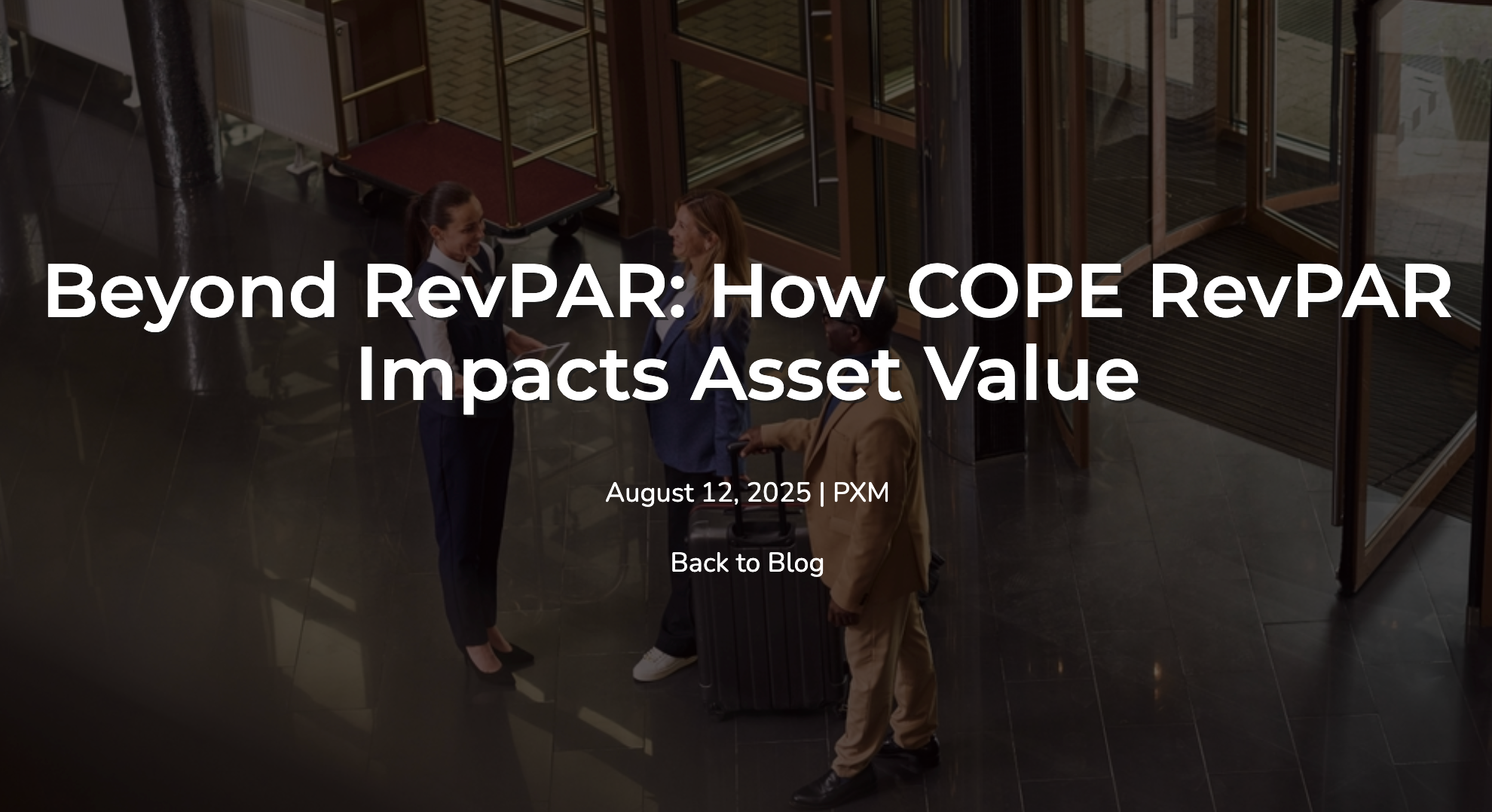
Solo travelers are on the rise — is your hotel website ready to welcome them?
The article explains that solo travel is becoming a mainstream segment and urges hotels to adapt their websites to speak directly to solo guests. It recommends using personalization to show relevant messages and offers based on single occupancy behavior, highlighting experiences made for one, wellness and connection opportunities, and simple perks that build confidence and trust. With thoughtful copy, social proof, and timely incentives on the homepage and booking engine, hotels can turn solo browsers into direct bookings.

Hi-Tech, No Touch: How over-automation is failing hotel guests
The article warns that over automation can alienate guests and erode loyalty, using a first hand stay at a fully automated boutique hotel to show how tech that replaces people leaves travelers stranded when they need help. Its message is to use technology to remove friction but keep easy access to trained staff, since most guests still expect a human touch when something goes wrong.
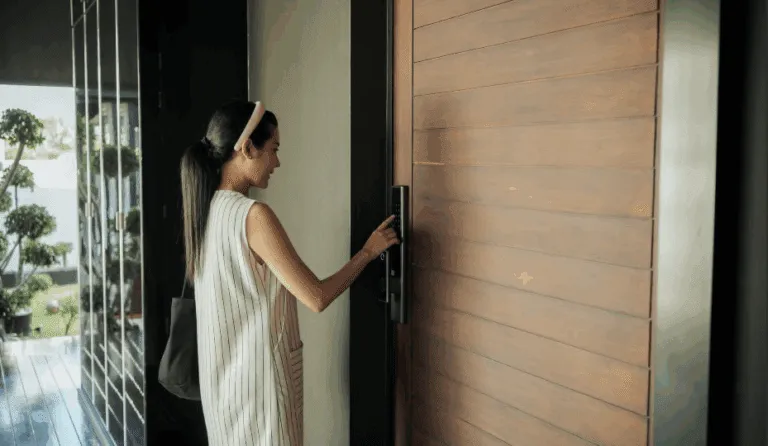
What is hotel asset management: Best practices and pitfalls
The article explains hotel asset management as a strategic role that connects owners, operators, brands, and on-property teams to protect profitability and long-term asset value. It details responsibilities such as monitoring operator performance, analyzing financials, planning capex and renovations, aligning strategy with ownership goals, benchmarking the comp set, reviewing contracts, and guiding branding and operator selection. The piece highlights communication and alignment as critical success factors, warns against silos, conflicting agendas, neglect of staff, and short-term thinking, and suggests staying close to operations, managing handovers carefully, evaluating location choices, and building trust. It also notes that structured upselling programs can lift EBITDA and strengthen valuation.
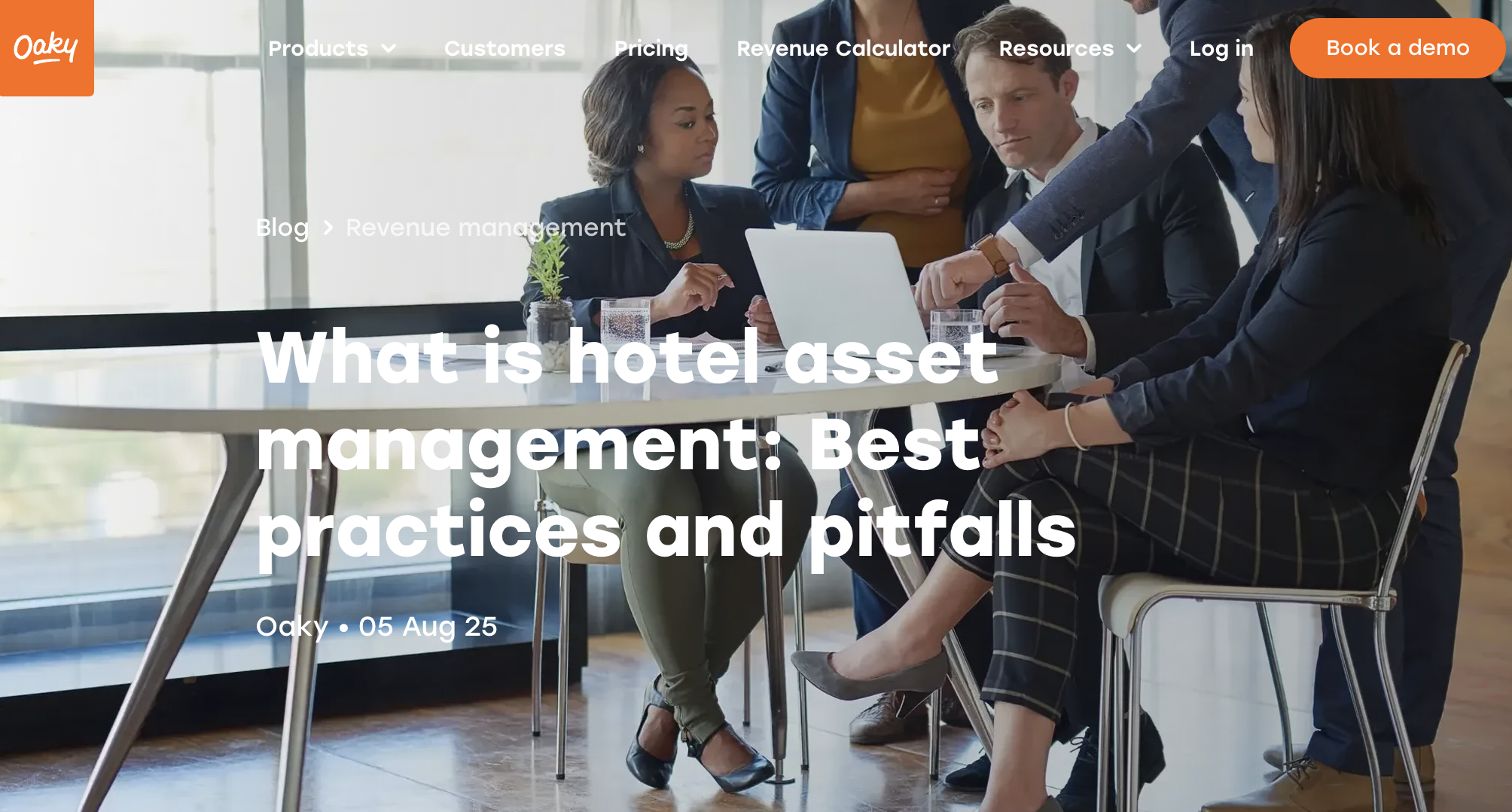
Hotel costs: How to reduce expenses and boost revenue
The SiteMinder's guide explains how to understand hotel operating costs and reduce them while growing revenue by pairing smarter operations with better distribution. It recommends automating pricing and routine tasks with revenue tools, centralizing procurement to improve supplier rates, flexing staffing against occupancy forecasts, and capturing more direct bookings with a booking engine to cut commission expense. It also encourages building ancillary revenue through offerings like spa, food and beverage, and events so savings and new income compound.

Hotel Brand Performance 2025
CBRE’s report finds that adding more hotel brands and loyalty members has not translated into stronger RevPAR since 2019, as inflation and growing alternative supply have eroded pricing power and widened the gap between winners and laggards. Upper midscale brands remain the most resilient, helped by broad recognition and perks like complimentary breakfast, while midscale and economy chains face weakening RevPAR and closures that may eventually rebalance supply. For owners and developers the takeaway is to scrutinize brand and brand family performance over five to ten years, favor proven flags or flexible soft brands, and align fees and incentives to long term profit rather than nominal growth.
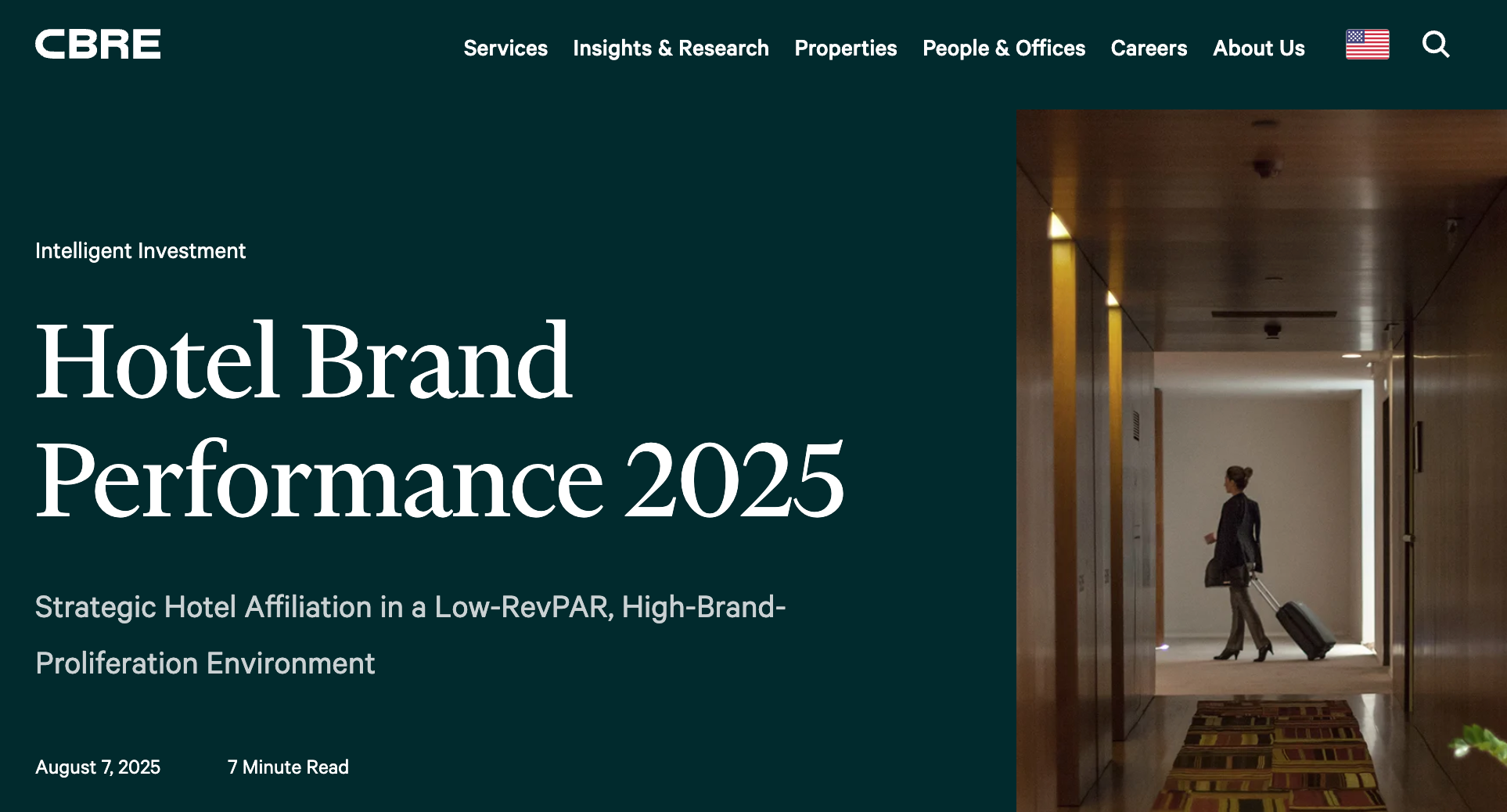
Follow on LinkedIn
